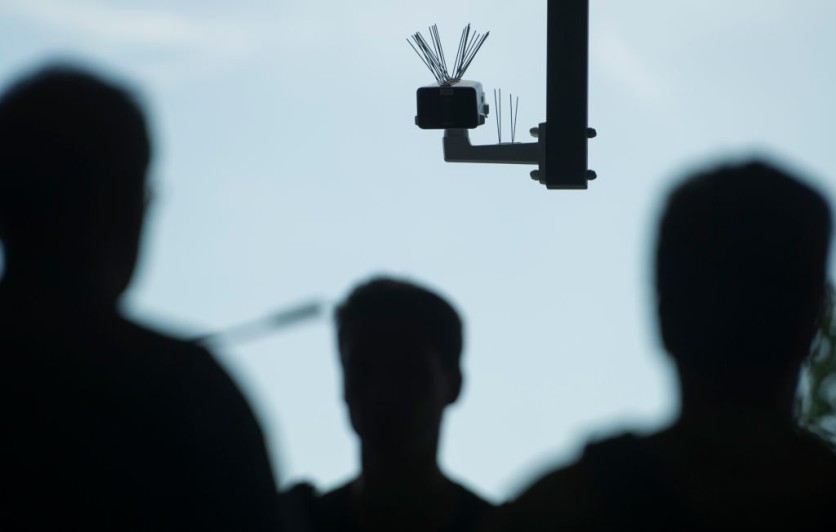
Using artificial intelligence (AI) to analyze two WiFi routers that picture a human's 3D form and motion, researchers at Carnegie Mellon University have created a low-cost method of sensing persons through walls.
Monitoring Through Walls
DensePose is a deep neural network that outlines WiFi signals (phase and amplitude) to UV coordinates. This is what happens when the surface of a 3D model is projected onto a 2D picture for mapping a computer-generated image, as researchers in a recent publication explained.
The algorithm was created by scientists at Imperial College London, Facebook AI, and University College London. And the tool itself was developed by academics at Carnegie Mellon University.
In a report by Vice and ZDNet, researchers at Carnegie Mellon University have developed a system that reliably maps the postures of many participants. It only uses a cheap, readily available 1D sensor, such as WiFi antennas, rather than more costly RGB cameras, LiDAR, or radars.
In addition to properly localizing an item in an area, they were also able to utilize WiFi to detect persons and their body position.
"The results of the study reveal that our model can estimate the dense pose of multiple subjects, with comparable performance to image-based approaches, by utilizing WiFi signals as the only input," as stated in the publication DensePose From WiFi, written by researchers Jiaqi Geng, Dong Huang, and Fernando De la Torre.
In a Home Setting
In-home healthcare, where patients may not wish to be observed with a camera in locations like the toilet or other sensors and tracking devices, the researchers argue that their WiFi technique to detect individuals in homes may be useful.
The researchers acknowledge that most homes in industrialized nations now have WiFi at home. They claim that this equipment may be scaled to monitor older people's well-being or uncover suspicious activities in the home.
Notably, the WiFi monitoring technology is unaffected by dim lighting or physical barriers like walls.
Given that it does not capture a clear picture of the subject, the Independent reported that the team argues its gadget is a low-cost and "privacy-friendly" alternative to webcams and Lidars.
The setup is simple and inexpensive, using just commonplace items found in most households. It is just an added bonus.
While the most expensive WiFi routers may cost as much as $700, the two TP-Link models utilized in the research only cost approximately $30 apiece.
"We believe that WiFi signals can serve as a ubiquitous substitute for RGB images for human sensing in certain instances. Illumination and occlusion have little effect on Wi-Fi-based solutions used for interior monitoring. In addition, they protect individuals' privacy and the required equipment can be bought at a reasonable price," researchers stated.

ⓒ 2025 TECHTIMES.com All rights reserved. Do not reproduce without permission.




